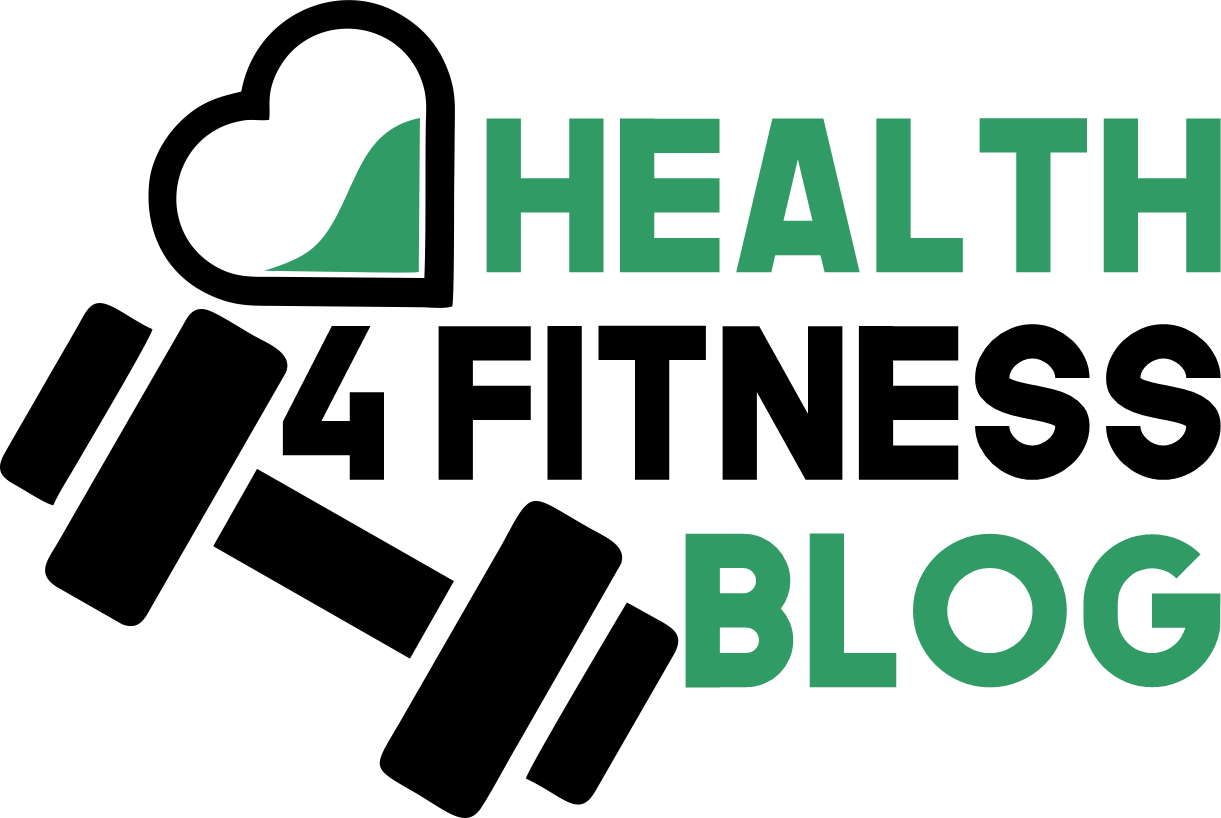High cholesterol is a major risk factor for heart disease, the leading cause of death worldwide. In the search for natural solutions, a mixture of ginger, garlic, and honey is frequently touted online as a “best” or “most powerful” remedy.
But does this popular tonic live up to the hype? This article cuts through the noise to examine the scientific evidence for each ingredient, provides a safe recipe if you choose to try it, and, most importantly, outlines the proven, doctor-recommended strategies that should be the true foundation of your cholesterol management plan.
Table of Contents
Understanding High Cholesterol: The Real “Best” Approach
Before exploring any natural remedy, it’s crucial to understand the established medical protocol for managing high cholesterol.
The most effective approach is always under the guidance of your healthcare provider.
The Cornerstones of Cholesterol Management
The proven, first-line defense against high cholesterol is not a single remedy, but a combination of lifestyle changes:
-
Heart-Healthy Diet: Emphasizing fruits, vegetables, whole grains, and lean proteins while reducing saturated and trans fats. Models like the Mediterranean Diet are extensively researched and recommended.
-
Regular Exercise: Aim for at least 150 minutes of moderate-intensity aerobic activity per week.
-
Tobacco Cessation: Quitting smoking improves your HDL (“good”) cholesterol levels.
-
Limited Alcohol: Excessive consumption can raise triglyceride levels and contribute to weight gain.
When Lifestyle Isn’t Enough
For many individuals, genetics and other factors mean lifestyle changes alone are insufficient.
In these cases, doctors prescribe statins or other medications that are clinically proven to significantly reduce cholesterol and the risk of cardiovascular events.
Never replace prescribed medication with a natural remedy without consulting your doctor.
Ginger, Garlic, and Honey: Separating Fact from Fiction
Let’s analyze the ingredients in this popular tonic to understand where the claims originate and what the science actually says.
The Case for Garlic
Garlic contains allicin, a compound with potential cardiovascular benefits.
Some meta-analyses, like one in the Journal of Nutrition, have shown garlic can lead to a modest reduction in cholesterol levels (typically between 7-9%).
While statistically significant, this effect is small and not a substitute for medical treatment.
The Potential of Ginger
Ginger contains gingerols, which have demonstrated anti-inflammatory and antioxidant properties.
Some small human and animal studies suggest it may positively influence lipid metabolism, but the evidence is less robust than for garlic.
More high-quality human trials are needed to confirm its efficacy and optimal dosage for cholesterol management.
The Role of Honey and Lemon
-
Honey: While a natural sweetener containing antioxidants, honey is primarily sugar. Its high calorie and fructose content means it should be consumed in strict moderation, especially by those with diabetes. It is not a recognized treatment for high cholesterol.
-
Lemon: Lemon juice provides vitamin C and flavonoids. While part of a healthy diet, there is no strong direct evidence that lemon juice lowers cholesterol.
The Verdict on the “Best Remedy” Claim
Conclusion: While the individual ingredients have properties that have been studied, there is no conclusive scientific evidence that combining ginger, garlic, and honey creates a “best” or even reliably effective remedy for high cholesterol. The term is a misnomer. They are healthy foods that can be part of a balanced diet, but they are not a replacement for evidence-based medical care.
How to Prepare the Tonic (With Important Safeguards)
If you wish to incorporate this tonic as a dietary supplement alongside (not instead of) your doctor’s advice, here is a common recipe.
Ingredients
-
4 cloves of garlic
-
1 piece of ginger root (approx. 3 cm or 1.2 inches)
-
½ cup fresh lemon juice (125 ml)
-
1 cup of honey (100 g)
-
8 cups of water (2 liters)
Preparation Steps
-
Peel the garlic and ginger.
-
Place them in a blender and process into a paste.
-
Add the lemon juice and water and blend thoroughly.
-
Pour the mixture into a pot, simmer gently for 10-15 minutes, and allow it to cool.
-
Once cool, stir in the honey until dissolved.
-
Strain the liquid into a clean glass jar and store it in the refrigerator.
Dosage, Warnings, and Who Should Avoid It
-
Dosage: Limit consumption to no more than one tablespoon per day.
-
Consult Your Doctor First: This is essential. Discuss it with your physician to ensure it’s safe for you.
-
Drug Interactions: Ginger can interact with blood thinners (e.g., warfarin, aspirin). Garlic may also increase bleeding risk.
-
Other Conditions: Use caution with ginger if you have gallstone disease. Honey is unsafe for infants and should be avoided by those with diabetes or insulin resistance without medical approval.
-
This is not a treatment. Consider it a dietary beverage at most.
The True “Best Remedy”: Evidence-Based Action
The most effective strategy for managing cholesterol is a holistic, medically-guided plan. Relying on unproven remedies can be ineffective and dangerous if it causes you to delay or abandon proven treatments.
The most critical steps you can take are:
-
Follow a medically-approved diet and exercise plan.
-
Attend regular check-ups to monitor your cholesterol, triglyceride, and blood sugar levels.
-
If medication is prescribed, take it as directed alongside your lifestyle changes.
Natural remedies can be a part of your routine but must be approached with caution and realistic expectations.
Your health is too important to trust to anything less than the best available evidence.
Disclaimer: This article is for informational purposes only and does not constitute medical advice. It is not a substitute for professional medical advice, diagnosis, or treatment.
Always seek the advice of your physician or other qualified health provider with any questions you may have regarding a medical condition. Never disregard professional medical advice or delay in seeking it because of something you have read in this article.
